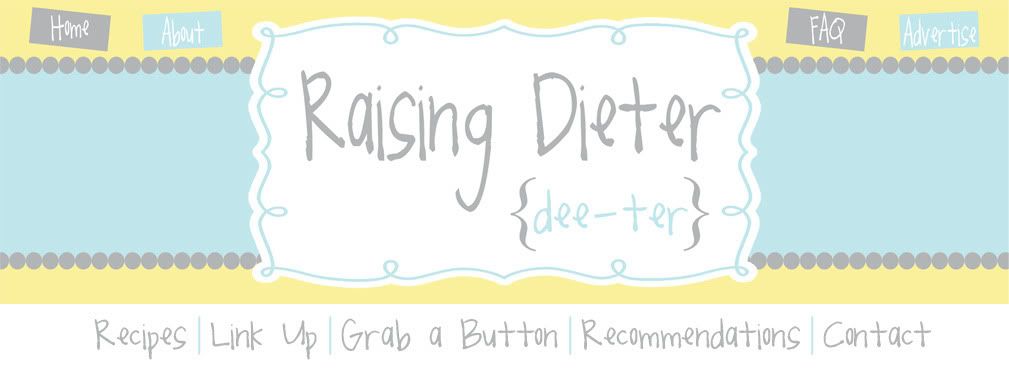I read this article the other day. I thought it had some good reminders. My house was built in the 1930s. It is very drafty. I don't know if a chimney sweep has ever been used. Kimball needs to fix a leak in the roof...I like the character that an old house brings but there are endless projects!
Protecting Your Home and Garden from the Ravages of Winter
Article by Christina JohnsonWinter winds are hard on critters and people, but they can also damage your home and garden. Protecting your property before the snow, ice, wind and cold can wreak havoc simply makes good sense. Even in milder climates, an unexpected cold snap or storm can cause expensive damage. Follow these tips to help keep your place in good condition.
Inspect the Outside -- Begin with a walk around the exterior of the house on a mild, sunny day. Check for any loose siding or shingles that need to be nailed down or replaced. This is a simple job when it's small but neglecting it can cause major headaches.
Look for cracked or loose windows. Check the frames to be sure they are snug. Caulk any cracks that have opened up. Replace screens with storm windows and doors. Replace any worn weather stripping. Pull debris away from the foundation of the house and check for cracks or holes that small animals could use to gain entry to the home. Fill these in with masonry sealer.
Make sure pipes leading into the house are protected with insulation. Do the same with pipes located in unheated areas like the garage. Locate the shut-off valve in case you need to turn off water in an emergency. Drain air conditioner pipes and cover the unit for winter. Disconnect and drain garden hoses.
Inspect the roof, or hire someone to do this. Make sure there are no loose or broken tiles or shingles, and that the area around skylights and chimney is well sealed. Preventing leaks is easier than fixing leaks. Inspect the gutters and remove any debris. Make sure the drain pipes extend at least 10 feet away from the house. If not, add extensions. Consider covering gutters with leaf guards.
If tree limbs extend near roof, windows or electrical wiring, trim them back. Dig any tender plants and bulbs and store them where they will survive the winter. Plant spring bulbs that should winter over in the garden. Pull up annuals and protect the soil with a layer of mulch.
Clean and store gardening and lawn care tools that will not be needed during the cold months. Drain gasoline from lawn mowers. Bring out the snow blower or other winter gear and check to make sure it is in good working order. Purchase snow melting agent for later use.
Hire a Chimney Sweep -- If you have a fireplace or wood stove, it should be inspected and cleaned annually. The chimney sweep should clear away any creosote that has built up and inspect for flaws such as cracks. He will also make sure the flu is working properly. Have him check to make sure a screen is properly installed to prevent animals from entering the chimney. The local fire department can recommend a good professional for this important job. Install carbon dioxide detectors near any working fireplace or wood stove. Also check smoke detectors and replace batteries.
Inspect the Furnace -- Hire a qualified technician to ensure the furnace is in good working order. Purchase enough filters so that you can change them every month. Clean all registers.
Check for Air Leaks -- On a windy day, light a candle and take a stroll through the house. If the candle flickers, follow the flicker to discover where cold air is finding its way in. Seal any cracks around windows, etc, with caulk. Also make sure the insulation is up to standard. If air is seeping in around windows, make sure the storm windows are tight. You could also seal them with heavy plastic that is 4 mils thick to keep out cold drafts.
Preparing your house or
NYC condo for winter takes a little time and expense but will pay big dividends in preventing expensive repairs and high utility bills.































































